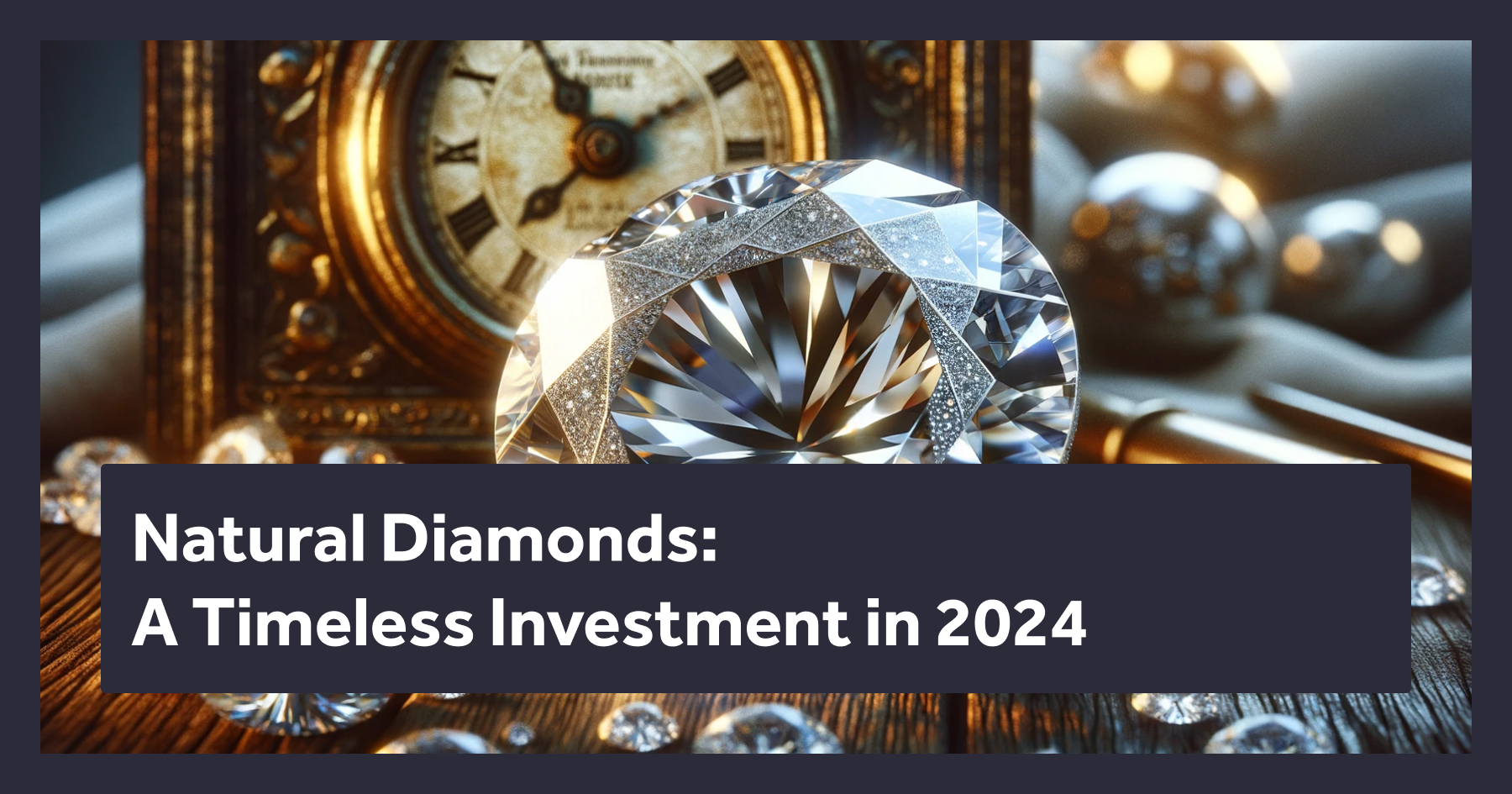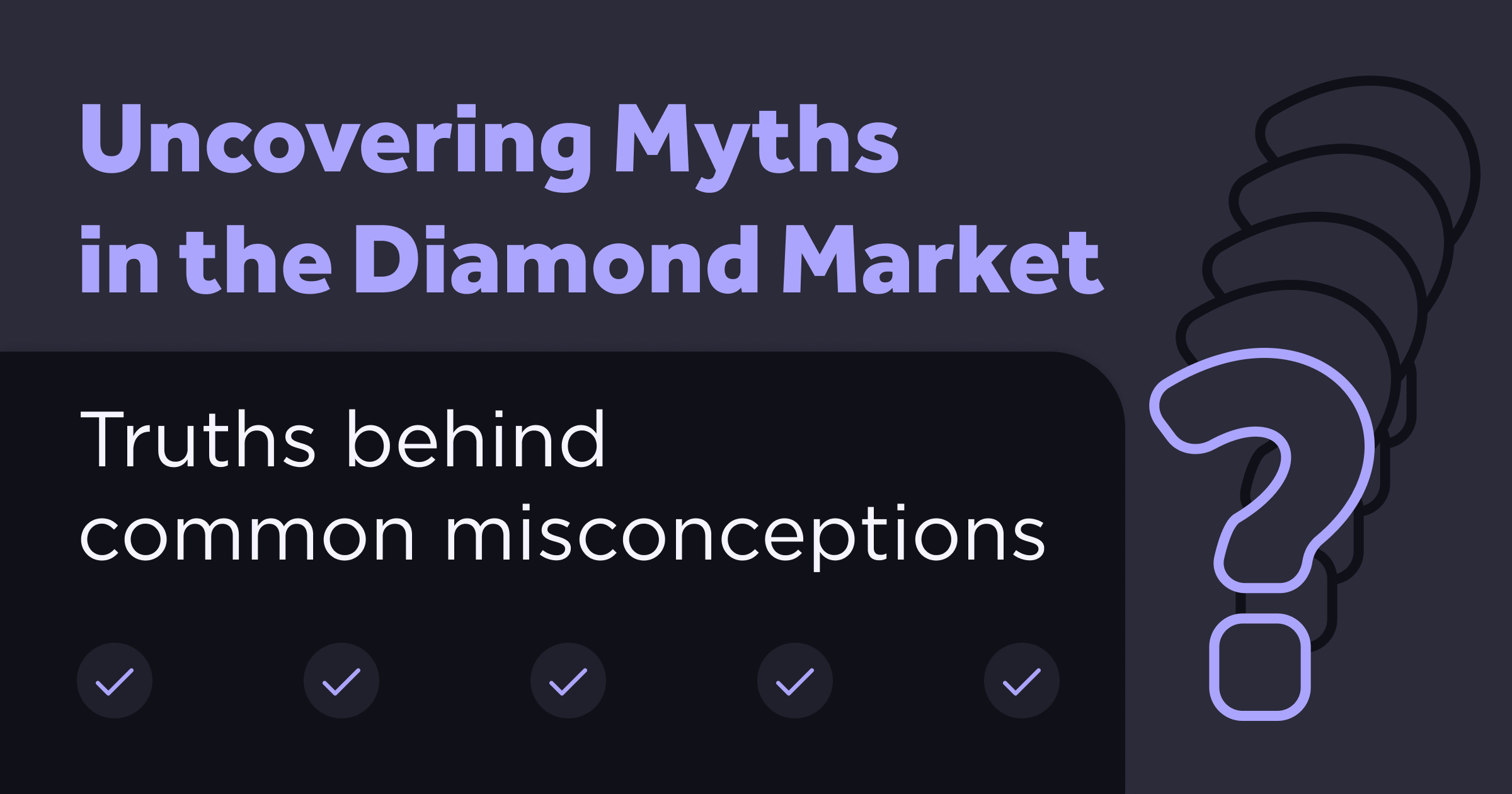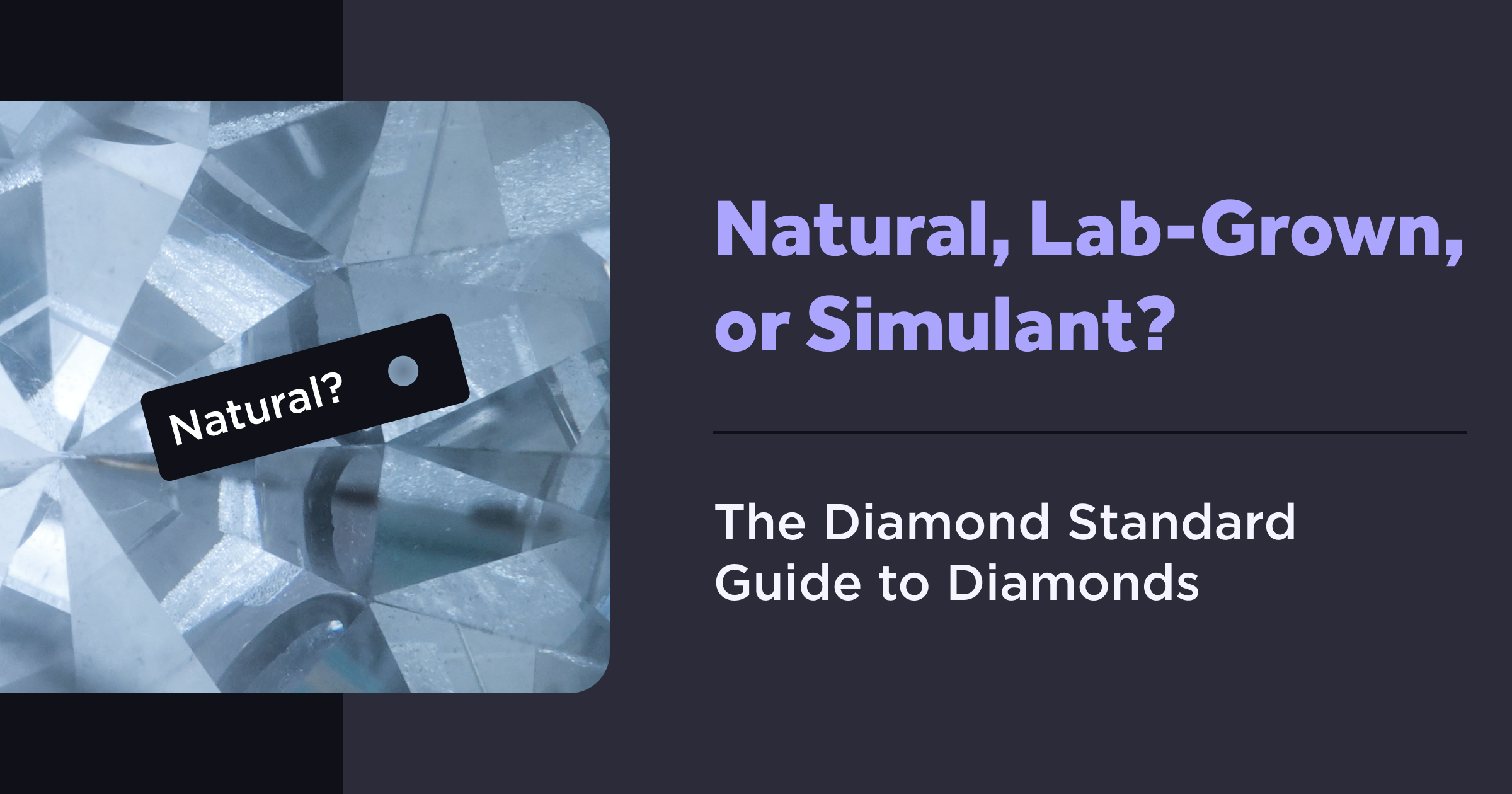This Article Explores
Are you considering adding diamonds, gold, silver, copper, or another precious metal to your investment portfolio?
Brilliant move.
In May 2022, Warren Buffett revealed that he made his biggest investment ever with a $51 billion positioning into commodities. Precious metals are a valuable commodity that have been used for centuries as currency, jewelry, and so much more. Today, many investors consider precious metals a ‘safe haven’ in order to protect their money and ensure their financial future. From global pandemic and supply chain disruption to Russia's invasion of Ukraine, precious metals prove remarkably resilient in times of inflation and economic downturn.
Three Ways To Buy Precious Metals Now
Option 1: Physical Ownership
Investors can directly go to retail stores and purchase most precious metals. Especially for gold, its value is recognized globally which can be easily transportable and storable compared to other commodities. Gold is indestructible, serving as the tangible long-term store of value. Plus, gold is highly liquid and when you are in need of cash, you can simply trade with any gold retailer at the spot gold price minus transaction fees. Nowadays, with the advent of online bullion dealers, it is much easier for consumers to purchase high-quality precious metals and have it shipped home.
Worries of counterfeit metals and safekeeping may make consumers hesitate to own them physically. Even though physical gold is a mostly fear-free holding, investors may desire safer and more convenient investment vehicles such as exchange-traded funds and tokenized commodities.
Option 2: Exchange-Traded Funds (ETFs) and Mutual Funds
Unlike physical gold, ETFs can be purchased in small shares on a stock exchange with quicker transaction speed and enhanced convenience. Compared to physical gold, the ETFs can be less costly for investors who only want small exposure to gold by eliminating the storage and insurance fees, transaction fees and markups associated with buying and selling the commodity. It not only lowers the investment threshold by pooling cash with other limited partners, but also grants more liquidity to narrow the bid-ask spread. On top of that, holding an ETF in a taxable account will generate less tax liabilities than traditional mutual funds, which can be more tax efficient for investors.
Commodity ETFs have been a popular instrument for investment. For example, BlackRock manages iShares Gold Trust, which offers exposure to gold with $28 billion assets under management, allowing investors to free themselves from finding a safe for gold storage.
Option 3: Tokenization of Commodities
Tokenized commodities are digital claims of physical assets whose tokens are administered on blockchains similar to crypto. Blockchains guarantee your tokens’ identities with spotless transparency, no single authority can erase or alter your ownership — your ownership of that real asset will change only after you trade it with someone else.
With tokenization, investors are able to long and short a fraction of asset ownership bringing more liquidity and demand to the traditional commodities market. Moreover, it reduces the transaction cost and complexity by leveraging the decentralized ledgers, which settle transactions peer to peer, without going through a central clearing exchange. Because of decentralized ledgers, tokenized commodities overcome the time and border constraints of conventional investments. That is to say, investors can trade anytime, anywhere.
In the gold markets, Paxos introduced its asset-backed token (PAXG) to be traded at the equivalent value of one troy ounce of gold. Anyone who owns PAXG directly owns gold held in custody by Paxos Trust Company.
Diamond Standard: Coin & Bar, Fund, and Bitcarbon
Diamonds have been a long-ignored investment despite its scarcity and capability to hedge against inflation. Diamond Standard invented the first and only regulator-approved diamond commodity. Each fungible Diamond Standard Coin & Bar contains diamonds with similar geological scarcity via optimization. By standardizing diamonds, a once dysfunctional diamond market has become investible for the first time in history.
Just like the gold investment vehicles described above, Diamond Standard offers similar ways to participate in commodity investment.
Diamond Standard Coin & Bar: In March 2021, Diamond Standard launched its Diamond Standard Coin, which is a digital and physical smart commodity. By optimizing the value of sets of diamonds, each Diamond Standard Coin has equal geological value. In March 2022, Diamond Standard offered another fungible diamond commodity: the Diamond Standard Bar. Its value is ten times the prevailing price of the Coin. Both commodities are deliverable assets with embedded crypto features.
Diamond Standard Fund: For accredited investors seeking a convenient and cost effective investment vehicle run by experienced managers, the recently launched Diamond Standard Fund provides significant benefits. The Fund is sponsored by Diamond Standard & Horizon Kinetics and holds Diamond Standard commodities (Coins and Bars).
Bitcarbon by Diamond Standard: Last but not least, Diamond Standard is about to launch a tokenized diamond commodity. Bitcarbon is a cryptographic token representing a fraction of a deliverable commodity and is created through conversion by the physical commodity (Diamond Standard Coins & Bars) owners




